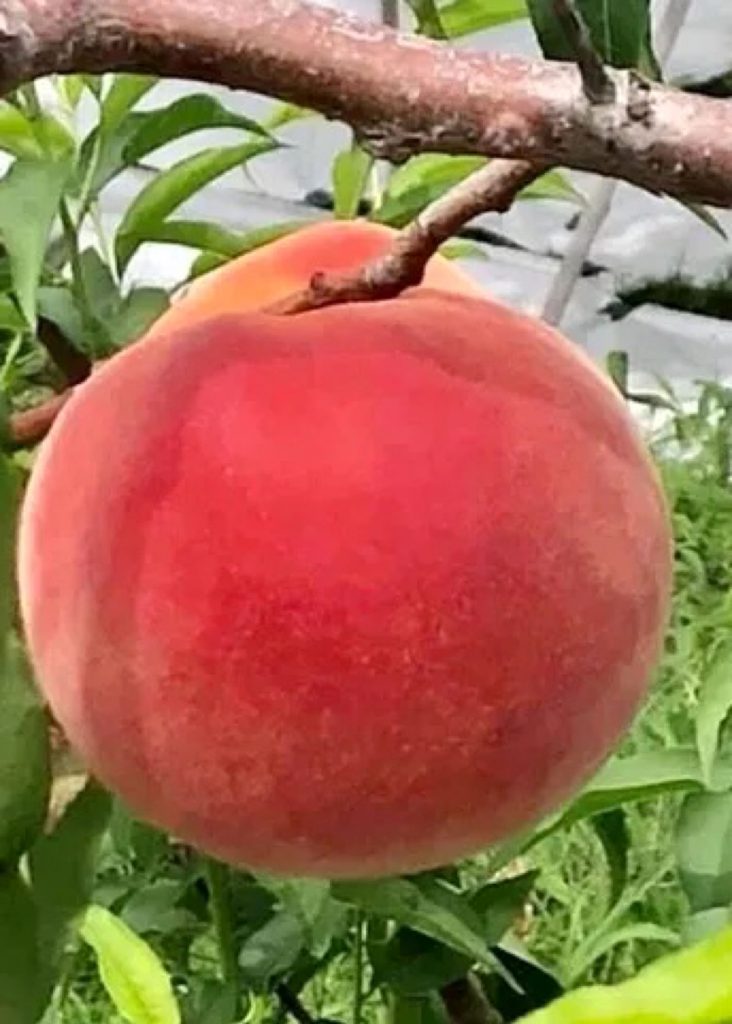
When I see Suimitsuto(the water honey peach) now, I remember Suimitsuto that was displayed in front of the Buddhist altar at the time of Obon. Suimitsuto that is in front of me now is ripe enough to eat, so it don’t keep well till Obon. Nowadays, as breeding is progressing, it seems that there are early to late varieties, so I can eat with confidence. The origin of white peach is said to be the upper reaches of the Yellow River in northwestern China. Peach has been cultivated also in Japan since the Yayoi period, and this peach is not the white peach, but the original species of the current yellow peach. In the Meiji era, white peaches with a high sugar content were imported from China, and these white peaches are the original species of white peaches today. Since entering Japan, they have become loved by people as edible products because of their extremely sweet taste, and they have come to be called “Suimitsuto (water honey peach)” because they have “fresh and sweet like honey.” Yamanashi, Fukushima, and Nagano prefectures are the main production areas for Suimitsuto. Okayama Prefecture, the birthplace of Momotaro, once had the highest production in Japan, but is now the sixth.
水蜜桃を見て思い出すのはお盆の時仏壇の前に飾られていた水蜜桃です。今目の前にする水蜜桃はもう食べ頃ですからとてもお盆まではもちません。今では品種改良が進み、早生種から晩生種まであるそうですから安心して食べられそうです。「水蜜桃」の原産地は、中国西北部の黄河上流とされています。弥生時代から日本でも桃は栽培されていましたが、この桃は水蜜桃ではなく、現在の黄桃の原種になります。明治時代になって糖度の高い白桃が中国から移入され、この白桃が現在の水蜜桃の原種になります。日本に入ってきてからは、非常に甘みが強いことから食用として人々に愛されるようになり、「みずみずしく、蜜のように甘い桃」ということから「水蜜桃」と呼ばれるようになりました。日本の水蜜桃は山梨県、福島県、長野県が主な産地です。桃太郎の発祥の地、岡山県は一時生産量日本一になったことがありますが、今では6番目です。
